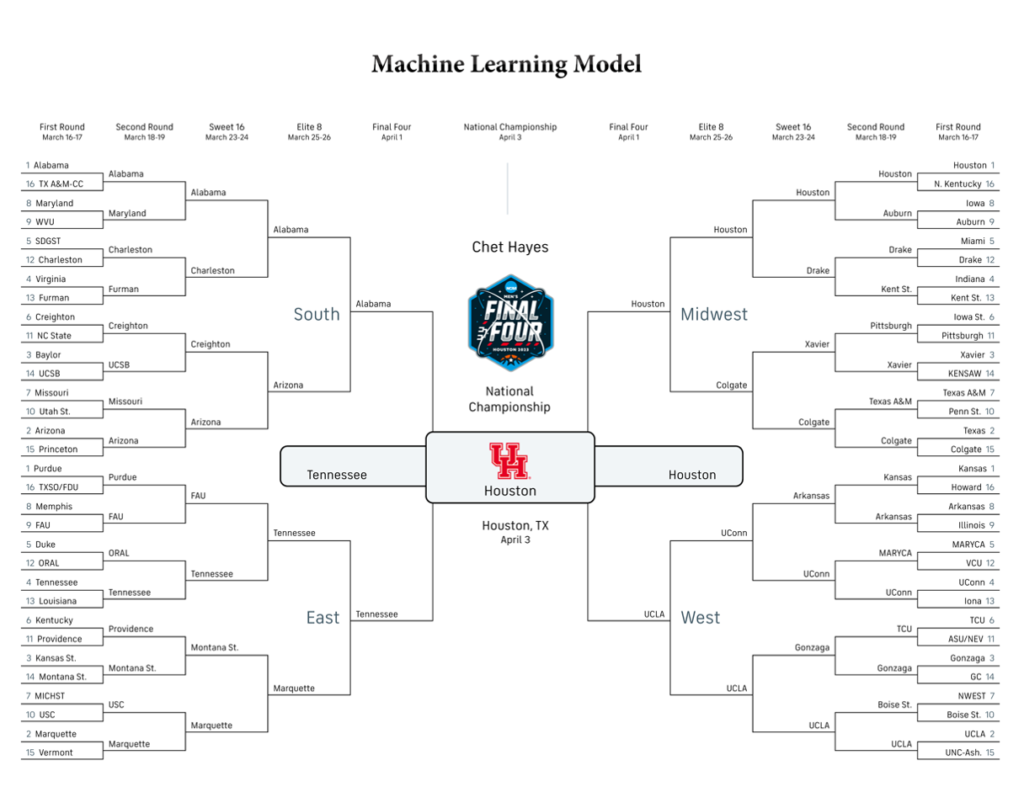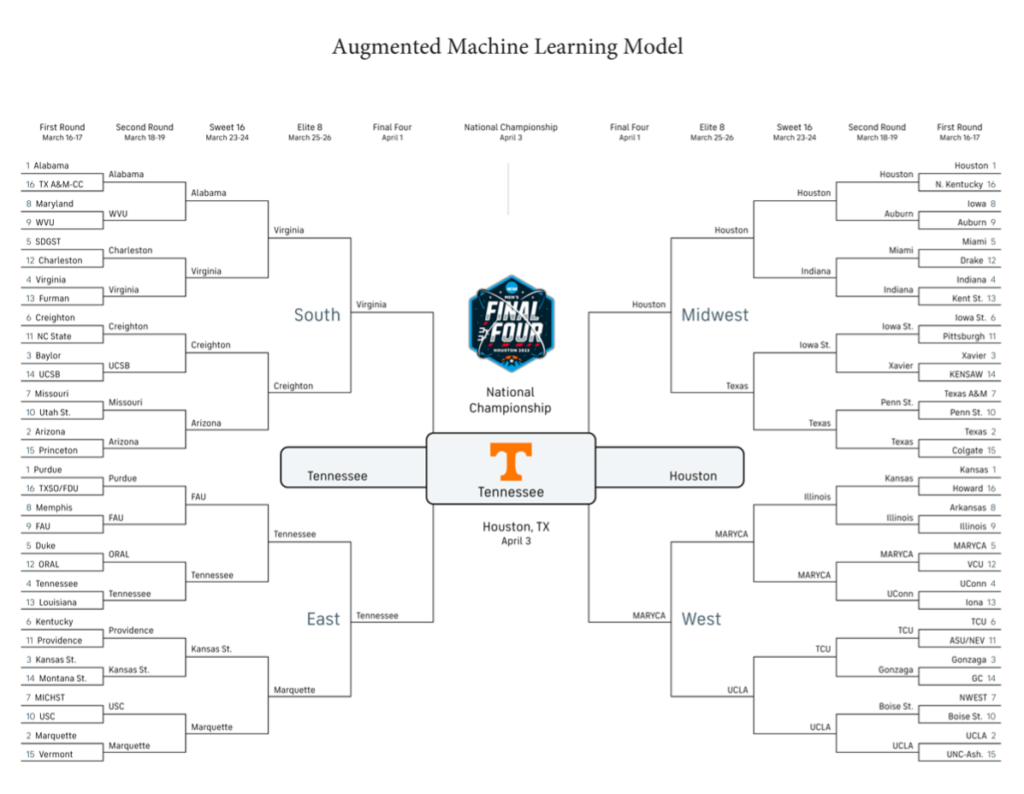MARCH MADNESS AND DATA ANALYTICS VOL. 2

It’s that time of year when worker productivity goes out the window, as the frenzy of March Madness captivates workplaces nationwide. Reflecting on last season’s model, the model performed admirably during the regular season, accurately predicting outcomes about 72% of the time. However, it fell short during the tournament, highlighting the unpredictable nature of March Madness and the need for continuous improvement in our analytical models.
So we are back at it again in an attempt to secure office bragging rights. As with any data analytics project you need good tools, and this is another great opportunity to highlight a couple of our technology partners that are used throughout the government; Streamsets and DataRobot.
Data Integration with StreamSets: A successful analytical model requires data from various sources. StreamSets offers a data integration platform for smart data pipelines and all your DataOps needs. Whether you’re integrating basketball statistics from multiple data providers or aggregating mission data from diverse systems into a real-time event-driven architecture, StreamSets can help operationalize data integration, delivering continuous data to every part of the mission amidst constant change.
AI-driven Predictions with DataRobot: DataRobot’s AI Platform is among the most comprehensive machine learning and artificial intelligence platforms available today. Organizations can build machine learning models in any development environment, using their preferred programming language, and any package or library. The platform offers robust model deployment, performance monitoring, and life cycle management. DataRobot paves the way for ‘Trusted AI,’ ensuring explainable predictions while monitoring bias and fairness. Government agencies have utilized DataRobot for AI-enabled predictive maintenance, supply chain optimization, and AI-driven insider threat and malware detection.
Getting back to the brackets, this year we tried a couple of different approaches. The first approach was a simple machine learning model that would predict a win or a loss based on a particular matchup. This model is very similar to last year’s model and was about 75% accurate throughout the regular season. The second model augmented the machine learning model with score simulations and confidence factors. When this additional information was added, it changed the dynamics of the overall outcome of the selections during the early round, but was pretty consistent on which teams made it to the finals.
Take a look at the two brackets below, and if you are interested in building out your own data analytics platform, give us a call and let’s talk about how our technology portfolio can assist you in your efforts.

